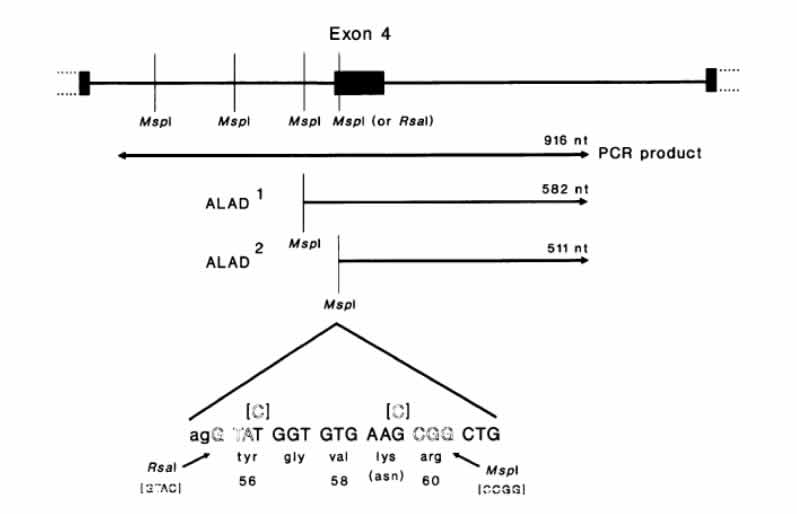About Project | Cooperation | Mountain Projects | Contact | Menu |
- - Molecular Ecology
- - - ALAD gene Sequenation and Polymorphisms detection
In recent years, in the alpine and sub alpine area of the High Tatra Mts., threshold concentration of heavy metal - lead has often been detected. Recent research studies contain data of alpine vegetation affected by the airborne lead and other metals containing pollutants (Janiga 2002). It is well known, that especially in the Tatra Mountains there are significant correlations between the orography and rainfall composition (Gazda and Hanzel 1978,Konček et al. 1973). Long-term exposure to the limit values for lead in the environment has adverse impact on the organisms of vertebrates. In birds, there are changes in the kidneys, especially mitochondrial alteration and loss of enzyme activity involved in the synthesis of heme - ALAD (δ-aminolevulinic acid dehydratase) (Hutton 1980). Studies focused on bioaccumulation of heavy metals in birds show the same enzymatic ALAD activity inhibition and increasing metal accumulation in the tissues (Vanparys et al. 2008). The reduction of ALAD activity correlates with the accumulation of lead, which was recorded in waterfowl, bird raptors or passerine species (Dieter et al. 1979, Beyer et al. 1988, Hoffman et al. 1981, Henny et al. 1994). In mammals, including humans, chronic exposure to lead causes the changes in haematopoiesis, gastrointestinal tract, liver and kidneys and accumulation in bone tissues is also detected. The most significant lead intoxication effect is decrease of heme synthesis. The synthesis process is affected by high erythrocyte membrane permeability for lead, which is ten times higher than for calcium. Final effect of lead accumulation in erythrocytes is interference with heme synthesis degrees. Inhibition starts at blood lead concentration 15μg/100 ml. The ferochelatase, coproporphyrinogen oxidase and ALA – dehydrogenase are inhibited. The most sensitive indicator of lead intoxication is the heme biosynthesis enzyme – ALAD (Ava and Luz 2000).
Msp1 polymorphisms of ALAD gene and keypolymorhic site location on the exon 4




